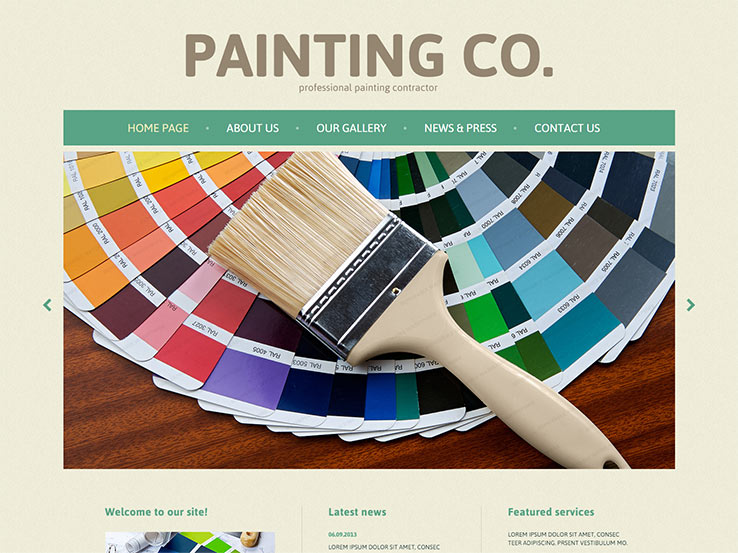Learn Exactly How Seasonal Variables Affect Commercial External Paint Success And Discover The Very Best Times To Make Sure Long Lasting Outcomes For Your Project
Learn Exactly How Seasonal Variables Affect Commercial External Paint Success And Discover The Very Best Times To Make Sure Long Lasting Outcomes For Your Project
Blog Article
Developed By-Doherty Rodriquez
When you're planning a commercial exterior painting task, seasonal variables can make or damage your results. You'll wish to consider just how temperature level and moisture influence paint application and drying times. Selecting websites can guarantee your paint sticks correctly and lasts much longer. But which periods are really the best for this kind of job? Let's discover the crucial elements that can affect your job's success.
The Influence of Temperature Level on Paint Application
When you're preparing a commercial outside paint task, the temperature level can substantially affect exactly how well the paint sticks and dries.
Preferably, you wish to repaint when temperatures range between 50 ° F and 85 ° F. If it's also cool, the paint may not cure properly, resulting in issues like peeling off or breaking.
On the other hand, if it's too hot, the paint can dry out as well swiftly, avoiding appropriate attachment and leading to an unequal coating.
You ought to also consider the time of day; morning or late afternoon offers cooler temperatures, which can be extra desirable.
Constantly examine the manufacturer's suggestions for the certain paint you're making use of, as they often provide support on the suitable temperature variety for optimal outcomes.
Moisture and Its Result on Drying Times
Temperature level isn't the only ecological factor that affects your commercial exterior painting job; humidity plays a considerable role also. go here can slow down drying out times dramatically, impacting the general quality of your paint job.
When the air is saturated with dampness, the paint takes longer to cure, which can bring about concerns like poor attachment and a greater threat of mildew growth. If you're painting on an especially damp day, be planned for extended delay times in between coats.
It's vital to keep an eye on local weather conditions and plan appropriately. Preferably, go for humidity levels between 40% and 70% for optimal drying.
Keeping these factors in mind guarantees your job stays on track and delivers an enduring surface.
Best Seasons for Commercial Exterior Paint Projects
What's the best time of year for your commercial outside painting tasks?
Springtime and very early autumn are typically your best options. During these periods, temperatures are moderate, and humidity degrees are typically lower, producing excellent conditions for paint application and drying out.
Stay clear of summer's intense heat, which can create paint to completely dry too promptly, causing bad attachment and surface. Similarly, winter season's cold temperatures can prevent correct drying and treating, taking the chance of the durability of your paint task.
Aim for days with temperatures between 50 ° F and 85 ° F for optimum outcomes. Bear in mind to inspect the neighborhood weather prediction for rain, as damp problems can ruin your job.
Planning around these elements guarantees your paint task runs smoothly and lasts much longer.
Conclusion
In conclusion, preparing your business outside painting tasks around seasonal considerations can make a substantial difference in the end result. By organizing work throughout the perfect temperature levels and moisture levels, you'll guarantee much better bond and drying times. Remember to watch on neighborhood weather report and pick the correct time of year-- spring and very early loss are your best options. Taking these steps will certainly assist you accomplish a resilient and specialist surface that lasts.
